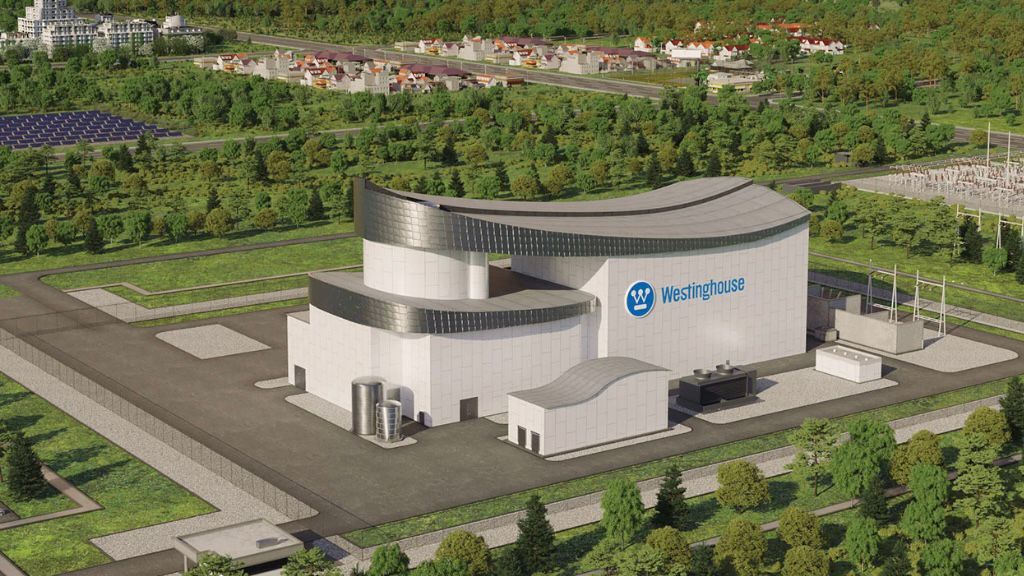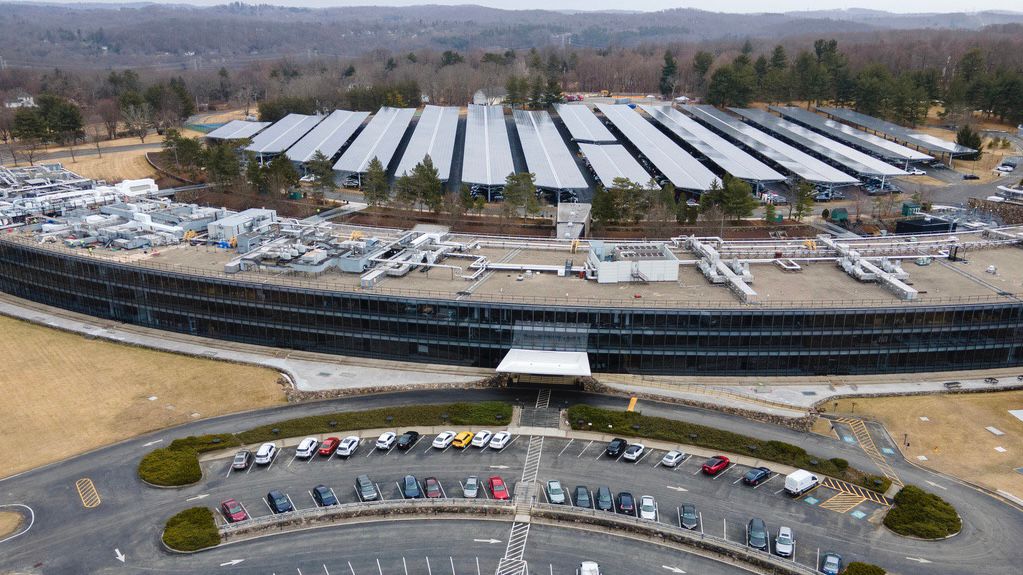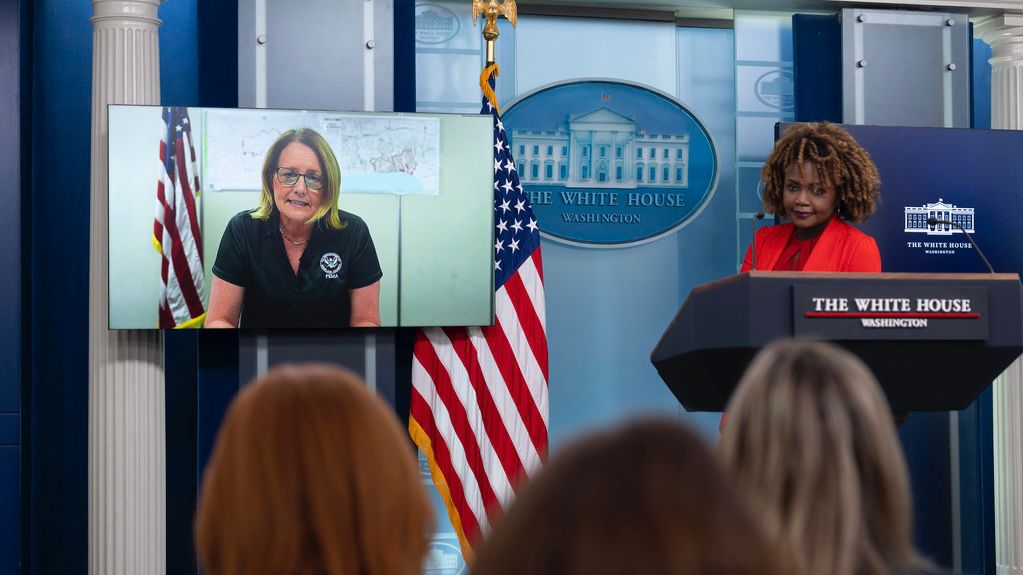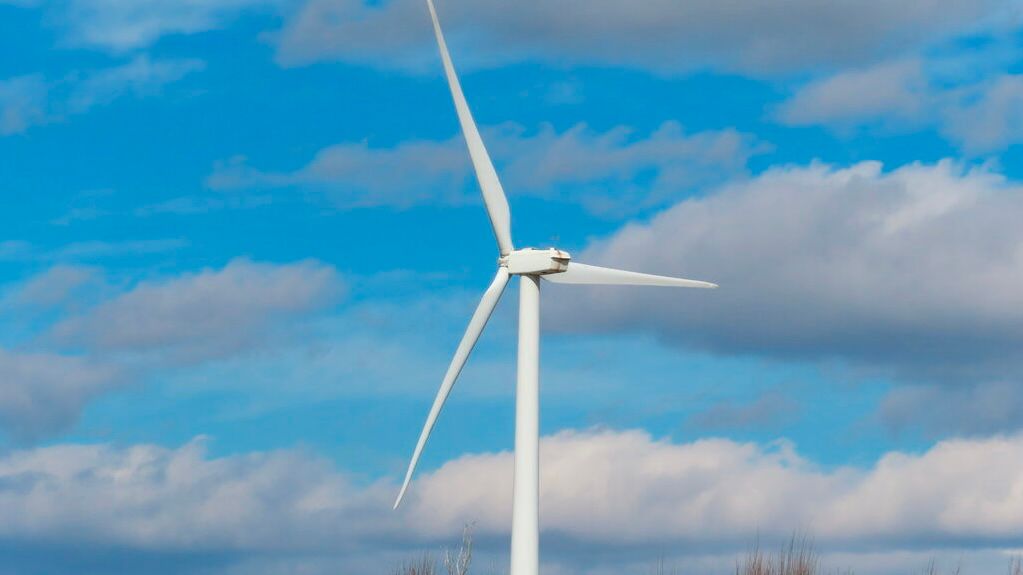The Department of Energy announced this week that it will provide up to $900 million to deploy small nuclear reactors in the United States. The funding is available to so-called Generation III nuclear plants that are modular and incorporate enhanced safety measures.
“President Biden is determined to ensure nuclear power — the nation’s single largest source of carbon-free electricity — continues to serve as a key pillar of our nation’s transition to a safe and secure clean energy future,” U.S. Energy Secretary Jennifer M. Granholm said in a statement.
She said the funds will help “early movers in the nuclear sector” as the agency works to scale up a technology that has been winding down in recent years. In 2023, 41 nuclear reactors permanently shut down in the United States — the largest number worldwide, according to the World Nuclear Assn. Falling natural gas prices are largely the reason.
About 19% of the country’s electricity is generated with nuclear power, according to the U.S. Energy Information Administration. There are currently 54 commercially operating nuclear power plants in the country operating in 28 states.
This week’s nuclear power funding announcement is part of “the largest sustained push to support civil nuclear deployment in the United States in nearly five decades,” the department said in a statement.
Spurring the development of new reactor technologies domestically is a cornerstone of the Biden administration’s climate policy, which has set a goal of 100% clean electricity generation by 2035.
Electricity demand is expected to increase 1.4% annually through 2032, according to Morningstar. Much of the demand will come from economic growth and the electrification of vehicles and buildings. Morningstar expects carbon-free energy produced from renewables such as wind and solar, as well as nuclear and hydro power, to make up 66% of the U.S. electricity supply by 2032.
The Energy Department says the U.S. will need to add as much as 900 gigawatts of clean electricity generation to reach net-zero emissions by 2050 while accommodating growing demands from artificial intelligence, data centers and domestic manufacturing.
The department said the small, modular nuclear reactors that will receive the $900 million in funding are versatile and can be deployed in both remote and urban settings. Because they are modular, they can be scaled up from use as local power source to meet larger demands.
The money is available in part through the Bipartisan Infrastructure Law. The Energy Department will release additional information for applicants over the summer.










